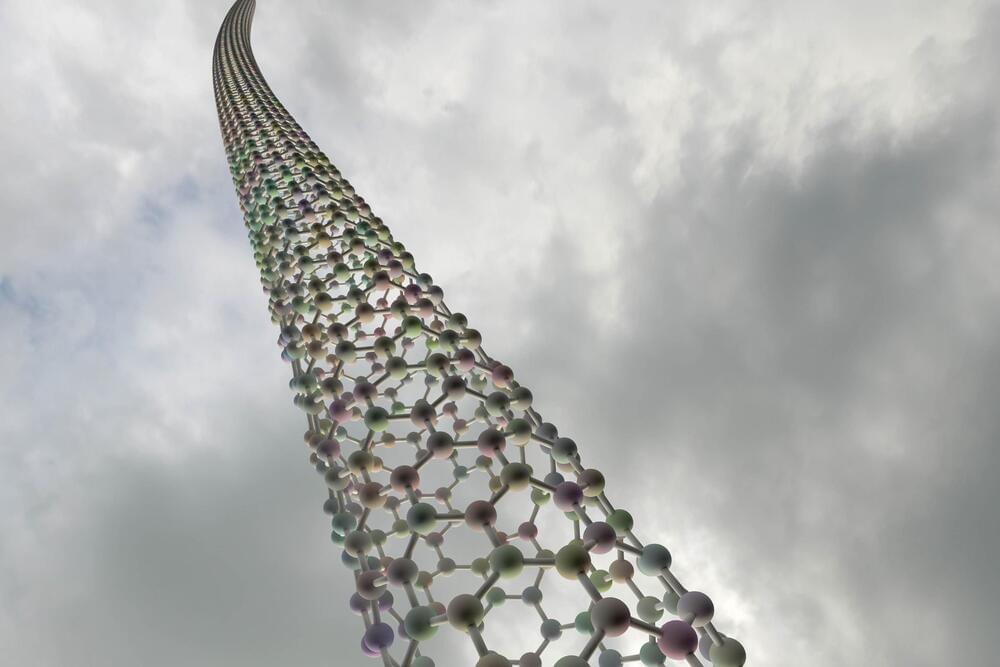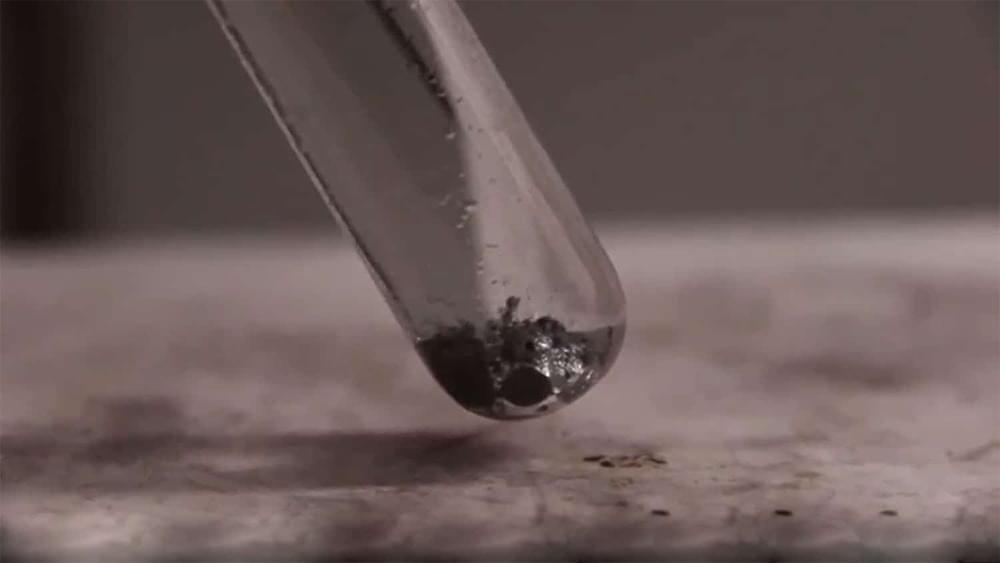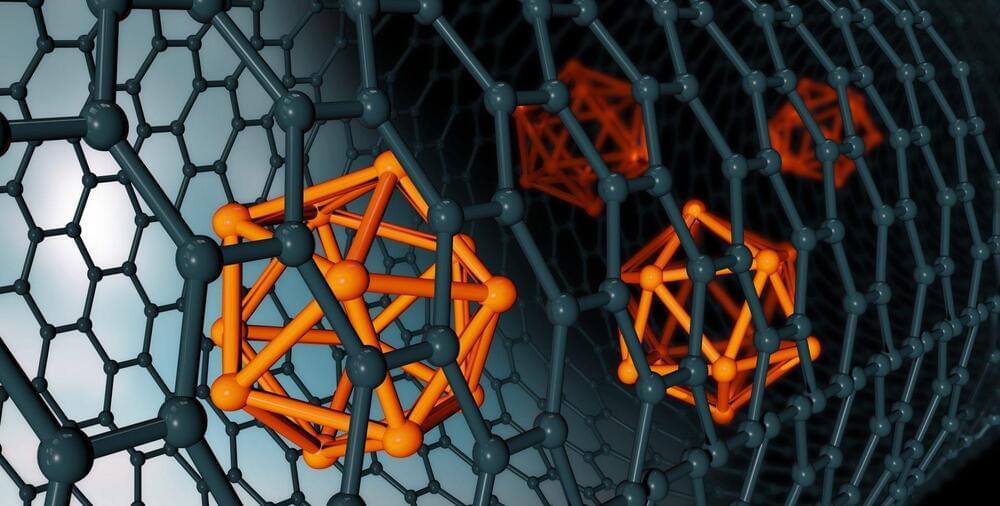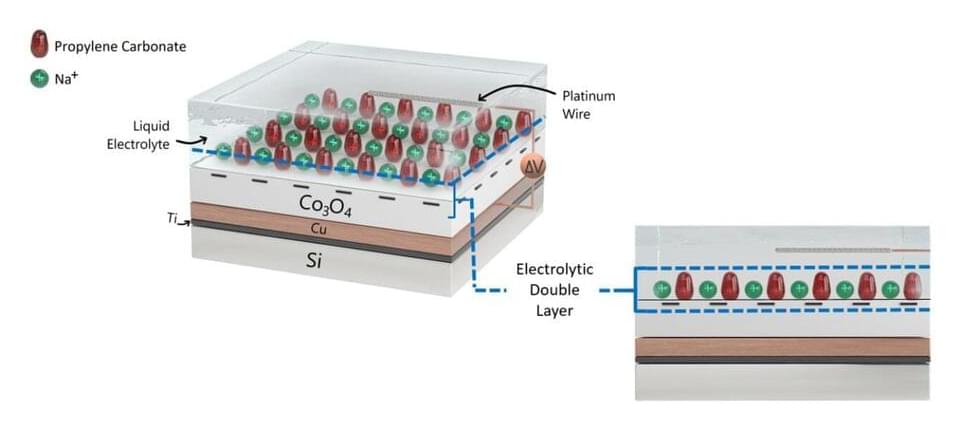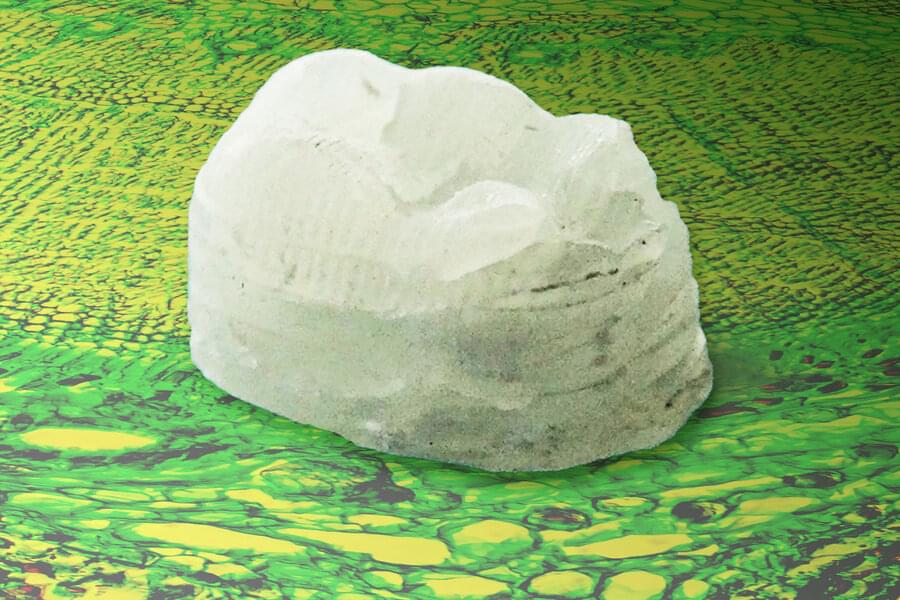Mar 2, 2022
Applications of the amniotic membrane in tissue engineering and regeneration: the hundred-year challenge
Posted by Quinn Sena in categories: bioengineering, biotech/medical, life extension, nanotechnology
The amniotic membrane (Amnio-M) has various applications in regenerative medicine. It acts as a highly biocompatible natural scaffold and as a source of several types of stem cells and potent growth factors. It also serves as an effective nano-reservoir for drug delivery, thanks to its high entrapment properties. Over the past century, the use of the Amnio-M in the clinic has evolved from a simple sheet for topical applications for skin and corneal repair into more advanced forms, such as micronized dehydrated membrane, amniotic cytokine extract, and solubilized powder injections to regenerate muscles, cartilage, and tendons. This review highlights the development of the Amnio-M over the years and the implication of new and emerging nanotechnology to support expanding its use for tissue engineering and clinical applications. Graphical Abstract.

